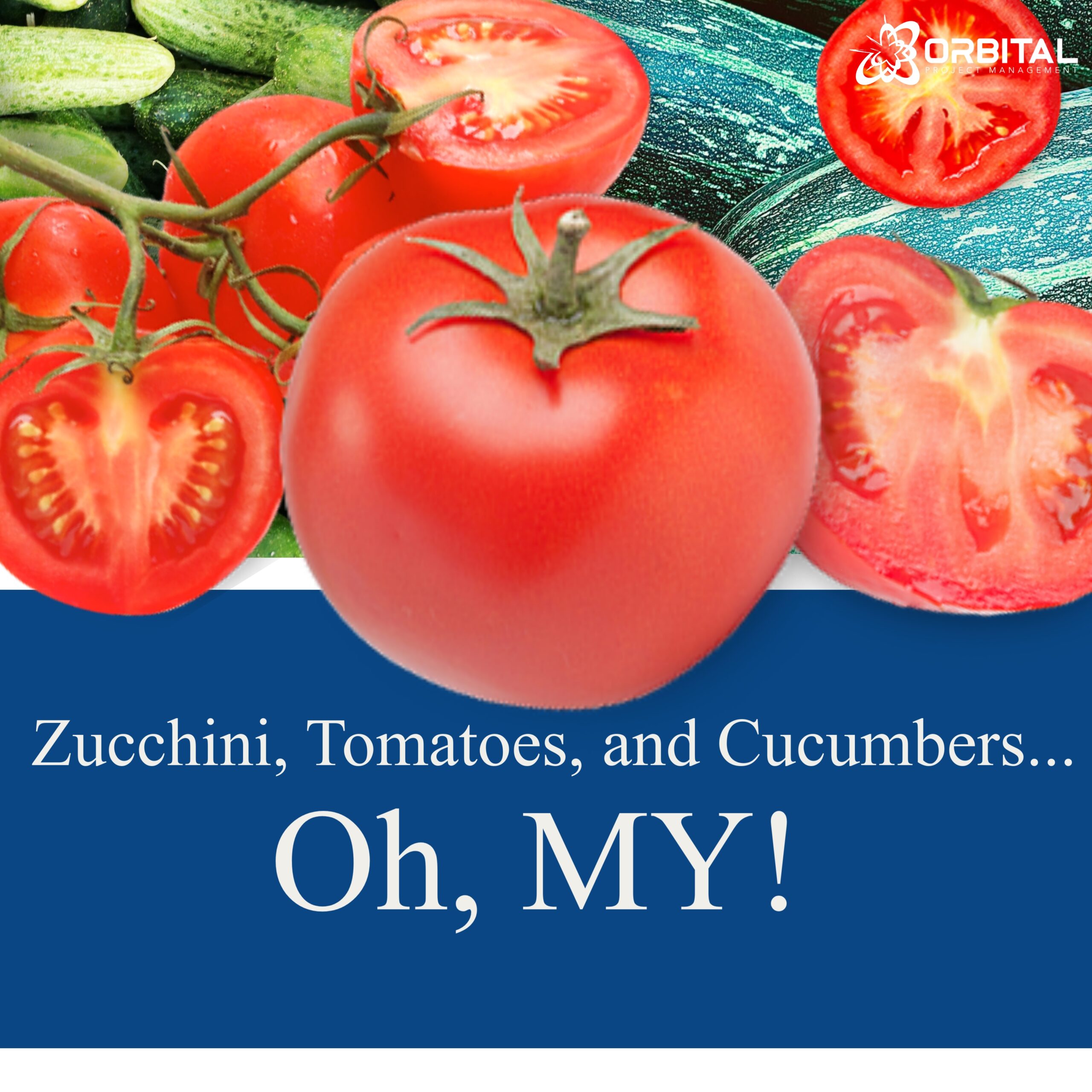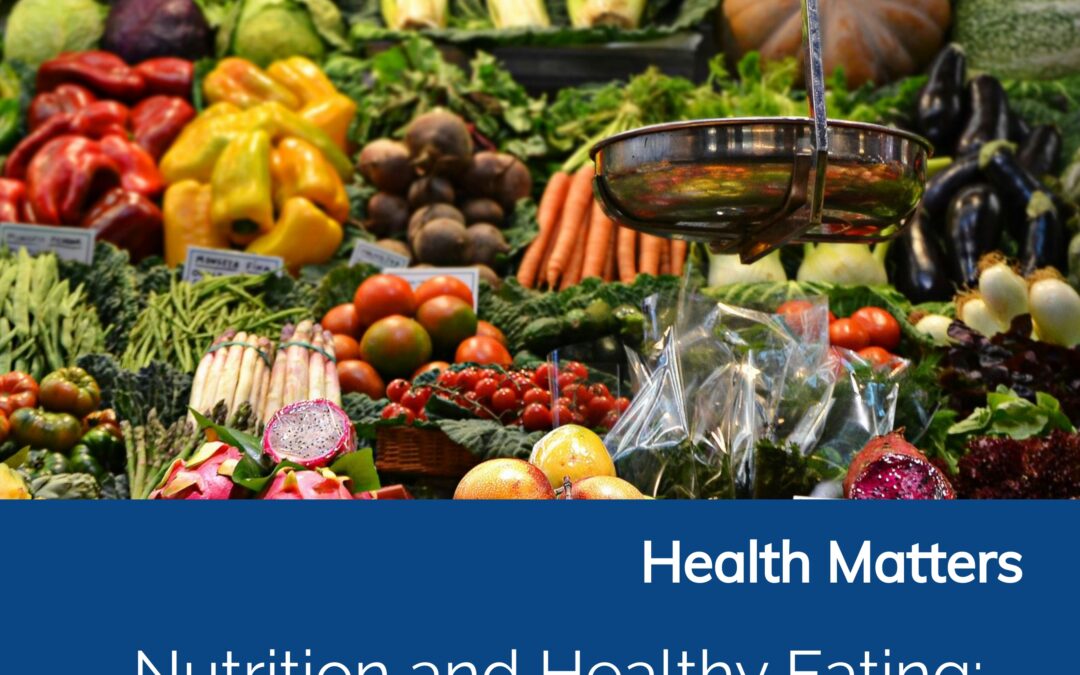Are you eyeballs deep in excess produce yet?
This month, we are exploring the different ways of making the garden’s harvest stretch for weeks or months to come.
Uncanny Options
For those of you who aren’t up to the challenge of actual canning this year, there are still options available for putting up excess produce. Give one or more of these methods a try for an easy introduction to food preservation.
Stuff it Under the Bed
No, I’m not kidding. Some root vegetables like potatoes get “preserved” in cooler climates by being kept in old drawers or bins in dark places. From crawl spaces to cool dark bedrooms, people have successfully overwintered a number of items by simply putting them in a dark place with good airflow. This isn’t the most foolproof way to ensure you extend your food supply, but some people have good luck with it. The upside: If the potatoes wither and sprout, you can use them next spring as your seed potatoes to plant. Make sure they aren’t touching one another and that there is good airflow around them.
Prep and Refrigerate
It’s as easy as it sounds. You can either follow a recipe intended for the refrigerator or you can use an approved water bath canning recipe and just store jars in the fridge after they cool.
NOTE: Depending on what you’re making, it may only be a few days to a few weeks that the product is good to eat. Jellies and items that are pickled may last up to a month or more, but others may only be good as long as 2-3 days. Be food safe and err on the side of “if in doubt, throw it out.”
Search “refrigerator pickle recipe” for endless options from garlic dill to bread-and-butter varieties. Another fave for me is rhubarb kiwi chia jam. Try some on vanilla yogurt for a sweet-tart treat.
Freeze
Freezing is an excellent option for many types of foods, but most items will need some processing time first. Look for freezing preservation charts or recipes to determine how long a food should be blanched prior to freezing. Some fruits like berries do well simply being rinsed, dried, and frozen. Other foods like green beans need to spend some time in boiling water and then shock-cooled in an ice bath to prevent enzymes from destroying them in the freezer. A vacuum-style food saving appliance comes in handy when putting up a large volume that you wish to use for months to come.
Tip: Place berries apart from one another on a silicone or parchment-lined baking sheet until frozen to prevent clumping when placed in the vacuum-sealed bag.
My go-to way of dealing with late-season bumper crops of tomatoes is always to fill baking dishes with rinsed, dried, and cored tomatoes, top with drizzles of olive oil, salt, pepper, and oregano, then roast in a 400-degree oven until the skins pop and shrivel. Cool completely, place in bags with the tops open in the freezer until frozen, and vacuum seal after freezing. Simply pull a bag out and thaw (in the bag) in a pot of water, then you can do anything from soup to cooking down and processing in a food mill to make sauce.
The *easiest* thing to freeze is actually zucchini. No need to bake a million loaves of zucchini bread or drop baskets of them on neighbors’ porches when they aren’t home. Simply wash, dry, shred the zucchini, and freeze. That’s right. No need to blanch or do anything special. It’s the one vegetable that can tolerate direct freezing…IF it is shredded. I use a hand-crank rotary shredder, but a food processor or even an old fashioned cheese shredder will work. Add the thawed shreds to soups and stews, bake bread, or try my FAVORITE: pan-fried zucchini fritters.
Dehydrate
From drying herbs to making fruit leathers, a good dehydrator is an excellent way to keep many different foods for a long storage period. It is important to select the best unblemished produce items to save to ensure there aren’t any issues with mold or bacteria that could ruin the batch. I have dried everything from chamomile to plums over the years with great success. You can store finished products in vacuum-sealed bags or jars for the entire year.
Check out the Excalibur dehydrator and The Dehydrator Bible for safe and delicious recipes to dry and use your garden foods for many months to come.
Water Bath Canning
This is the canning method used to preserve high-acid foods such as tomato sauces and jellies. Many water bath canners work on the stove top (but be careful with certain glass cooktops that may shatter if the canning pot diameter is too wide). You MUST follow an approved recipe for water bath canning to ensure food safety. While the first time can seem a little overwhelming if you’re not familiar with the process, you will gain confidence each time you try. Be ready to stain some towels and consider wearing an apron as things can get messy until you develop good technique. Sterility is a must, so be sure to boil jars, lids, and bands as recommended. Any jars that don’t fully seal should be placed in the refrigerator and consumed quickly. Watch some videos online before you begin so the directions make sense. Oh, and pick up that Ball canning kit at the store…the magnetic lid holder and jar lifter are worth the small investment.
Tip: Fruit jams and jellies or tomato-based foods like soup, sauce, and salsa are a great place to start. One year, we put up shelf after shelf of salsa thinking we overdid it…but it didn’t even last the entire football season. You’ll never want store-bought salsa again.
Pressure Canning
For the more adventurous (and bigger spenders) out there, the preserving world is your oyster. From meat to beans, you can preserve just about anything under pressure. Pressure canners aren’t free. And you need to have a used one looked at by someone who knows how to check them to ensure it is functioning properly before you use it. Always follow recipes to the letter. No substitutions, no additions. Always process for the full time under pressure. Botulism is deadly and often imperceptible in contaminated foods, so if a can doesn’t seal, then put it into the refrigerator and consume quickly. Oh, and don’t fall for the “just use your pressure cooker” idea. There have been full studies done to test their utility for canning that have all failed. Home pressure cookers like the Instant Pot are not designed to maintain a steady pressure high enough to kill bacteria and spores. Instead, they keep an “average” pressure over cook time that sometimes falls below the minimum temperature threshold required to ensure safety.
And That’s a Wrap
We hope you have enjoyed our garden-along blog series and learned a thing or two about the benefits of backyard gardening, food saving, and the contributions they make to sustainability.
Be sure to read up on proper garden cleanup at the end of the season to prevent pests from gaining a foothold before next year. Summer is an excellent time to clean and sterilize any potting equipment you plan to use next winter for seed starting so it is ready to go when the seed packets are in hand.
As always, we invite you to subscribe to The Nucleus to keep up with everything OPM and safety and sustainability information we share:






